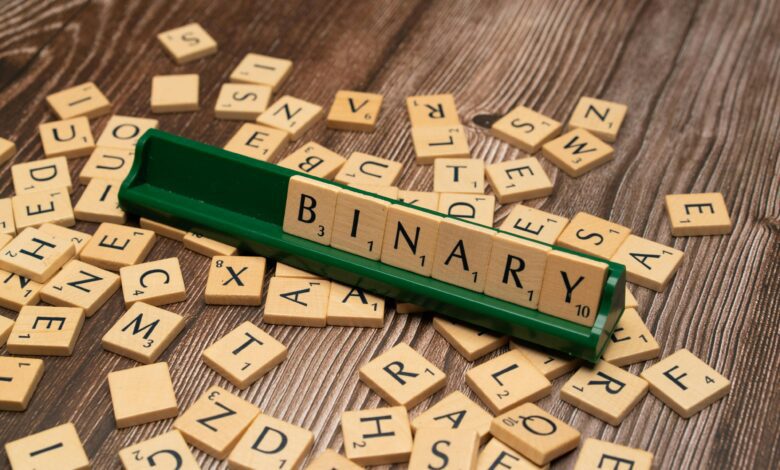
A Byte is Made Up of 8 Bits: A Comprehensive Guide
In the realm of computing, data storage and measurement are crucial aspects that define the capabilities of devices and the vastness of digital information. At the heart of this lies the fundamental unit of data representation: the byte. Understanding what a byte is and how it’s composed is essential for anyone navigating the digital world.
What is a Byte?
A byte, denoted by the symbol B, is the basic unit of digital information storage in computers. It is a sequence of 8 bits, which are the smallest units of data that can be represented electronically. Each bit can have a value of either 0 or 1, and these binary digits are the building blocks for encoding various types of data.
The Significance of 8 Bits
The choice of 8 bits for a byte is not arbitrary. Eight bits allow for the representation of 256 unique values (2^8 = 256). This range is sufficient to encode a variety of characters, including the entire Latin alphabet, numerical digits, and various symbols used in common text formats.
Visualizing a Byte
Imagine a byte as a small box with eight compartments. Each compartment can hold either a 0 or a 1. The combination of these eight bits determines the value represented by the byte. For instance, the binary sequence 01000001 (ASCII code 65) represents the uppercase letter ‘A’.
Bytes and Larger Units
While bytes are the fundamental unit, larger units are often used to express larger amounts of data. These units include:
- Kilobyte (KB): 1,024 bytes
- Megabyte (MB): 1,024 kilobytes
- Gigabyte (GB): 1,024 megabytes
- Terabyte (TB): 1,024 gigabytes
- Petabyte (PB): 1,024 terabytes
- Exabyte (EB): 1,024 petabytes
- Zettabyte (ZB): 1,024 exabytes
- Yottabyte (YB): 1,024 zettabytes
Applications of Bytes
Bytes are the foundation of digital data representation, with applications spanning various domains:
- Storing Text: A single byte can store a character, enabling the storage of text documents, emails, and web pages.
- Storing Images: Images are composed of pixels, each represented by multiple bytes, depending on the color depth and image format.
- Storing Audio: Audio data is digitized into a stream of bytes, capturing sound waves and allowing for digital music and audio recordings.
- Storing Video: Videos are composed of frames of images, each stored as a collection of bytes, enabling the storage and playback of digital videos.
Conclusion
Bytes are the cornerstone of digital data representation, providing the building blocks for storing and manipulating vast amounts of information that drive the modern digital world. Understanding the concept of bytes is essential for anyone interacting with computers and navigating the ever-expanding realm of digital data



